General Info – summary
This multi-stemmed or single Tree may reach 9m high. Light young grey bark is hairy and may become fissured. The palmately compound, decussate Leaves usually have 5 leaflets, lack stipules and have entire margins or are toothed near the apex. Flowers are small, bluish and 5-lobed. Stamens are didynamous. Superior ovary has an exserted, bifid style. Fruit is a pear-shaped drupe with accrescent calyx.
Description
Vitex rehmannii
Previous Names: Vitex amboniensis Gürke, Vitex ferruginea, Vitex ferruginea subsp. amboniensis. Vitex ferruginea subsp. amboniensis var. amanuensis, Vitex ferruginea. subsp. amboniensis. var. amboniensis.
SA Tree No. 664.
Common names: (Afr) Pypsteelboom, Pypsteelvingerblaar. (Eng) Pipe-stem Fingerleaf, pipe-stem tree, Plum Fingerleaf. (isiZulu) Umdull, Umluthu. (Northern Sotho) Mokgale. (siSwati) Bufufu, Mbindvongo, Umkhosikati. (Tshivenda) Munyongatshifumbu. (Xitsonga) Manohani.
Family: Lamiaceae (Mint or sage family) has 236 genera and 7 000+ species. Members if this family may have saw-toothed Leaves and may have 4-angled stems. The opposite or whorled leaves are usually simple or digitate. Many are gland-dotted and all lack stipules. Many are aromatic: including lavender and rosemary. Flowers are often Zygomorphic (the corolla is divisible into 2 equal halves in one plane only). There is a superior, 4-locular Ovary. Fruit has up to four 1-seeded nutlets or it is a drupe. Local genera on this website include Clerodendrum, Tinnea, Vitex and Volkameria.
Name derivation: Vitex – vieo: to bend or twist – referring to the stem flexibility in some species. rehmannii – named after the tree Anon Rehmann (1840-1917 who first discovered the plant) – He was a Polish botanist and geographer. He travelled to South Africa twice between 1875 and 1880. His plant collection included about 3 000 different species. The type specimen was collected in Magaliesberg near the Crocodile River in North West Province.
Conservation: National Status: L C. Least Concern. Assessed: 2005 (W. Fodden and L. Potter).
Tree
This shrub or small Tree tends to droop, may be multi-stemmed or single and up to 9m high. The trunk may reach up to 30cm wide. The smooth whitish, twisted and squarish young stems have soft hair (photo 531 – under Leaves) and leaf scars are visible. The twisted young branches may or not be hairy and have soft centers. The Bark (photos 527 & 528) becomes rough, dark grey brown and cracked to deeply fissured. Young stems have clearly visible lenticels (a usually raised corky oval or elongated area on the plant that allows the uncontrolled interchange of gases with the environment).
- 89 2018.04.28 Nylsvley NR. Photo: David Becking.
- 528 2018.04.27 Nylsvley NR. Photo: David Becking.
- 527 2018.04.27 Nylsvley NR. Photo: David Becking.
Leaves
The wavy Leaves are Decussate (arranged in opposite pairs – each at right angles to the next pair above or below i.e. rotated 90 degrees along the stem when viewed from above – photo 531). Leaves are up to 11cm long (photo 523). The often-hairy Petiole (leaf stalk) is usually up to about 3cm long but may reach 5,5cm. The Petiolules (leaflet stalks – photo 523) are up to 0-7mm long and occasionally longer. Leaves lack Stipules (basal appendages of the petiole. Below the single terminal leaflet, the remaining 2 or 4 Leaflets occur in opposite pairs. The lowest pair are often the smallest (photo 523). Leaves are palmately compound (digitately compound leaves that are lobed and divided in a palm or hand-like fashion – with all leaflets arising from a single point – photo 523). These leaflets may be entire (with a continuous margin, not in any way indented) or toothed near the tapering apex. The base also tapers and each leaflet is lanceolate to narrowly oblong-elliptic. The single apical leaflet is usually the biggest (up to about 7 x 2cm.). The olive green to yellowish and leathery leaflets are usually narrowed at both ends. The upper leaflet surfaces are glabrous (hairless). The lower, paler side is slightly hairy especially along the midrib and visible lateral veins. On this side, the midrib protrudes prominently (photo 523). All vein details are visible when the leaf viewed against a strong light (photo 526). Leaflet veins arch towards the apex prior to extending. Crushed leaves have a pleasant aroma.
- 529 2018.04.27 Nylsvley NR. Photo: David Becking.
- 531 2018.04.27 Nylsvley NR. Photo: David Becking.
- 523 2018.04.27 Nylsvley NR. Photo: David Becking.
- 526 2018.04.27 Nylsvley NR. Photo: David Becking. Leaflet against the sun.
Flowers
The light, mauve or purple Flower lobes are close to 90 degree to the white calyx tube. Each flower is up to 1cm long and 5-merous (-merous: referring to the number of parts). Each flower has a pedicle (stalk of a single flower) up to 1cm long and more than one flower may occur in a single leaf axil. Many flowers occur in branched axillary heads that are up to 8cm long. The cup-shaped Calyx enlarges, is persistent and the sepals are 5-lobed. The short mauve Corolla is up to 8mm long, bell-shaped, with a wide-open throat and is weakly bilabiate (2-lipped). The upper lip is 2-fid and the lower lip is 3-fid. Here the tube is white, and the lobes are purple or mauve. The Stamens are didynamous (having 4 stamens disposed in 2 pairs of 2 different lengths) arise from the middle of the corolla tube and usually exserted (sticking out; projecting beyond). The Anthers are divergent (spread apart). The dorsifixed, extrorse (turned outwards) anthers are attached to thick, glandular Filaments with white hairs at the base. The thick-walled superior Ovary has a usually exserted and bifid Style. (Nov-Feb).
Fruit
The small, pear-shaped, dry Fruit is a 4-locular sessile Drupe (a fleshy, 1-seeded indehiscent fruit with the seed enclosed in a stony endocarp; stone fruit like a peach) which matures to a dry black colour. It is up to 6mm long resting on a now papery, accrescent (increasing in size with age) and persistent calyx. At this stage, the sepals resemble brownish to green papery petals. (Feb-Apr).
Distribution & Ecology
This plant occurs in KwaZulu-Natal e.g. the upper catchment of the Tugela River, northern Gauteng, Limpopo – widespread, Mpumalanga, North West and Swaziland. It is Endemic (endemism is the ecological state of a species being unique to a defined geographic location) in southern Africa. This plant is common in deep sand, thornveld (a type of semi-arid savanna in which grassland with thorny Vachellia, Senegalia and certain species of thorny bushes predominate). These trees grow with species of Searsia, Ehretia and Cussonia). They also occur in mixed-bushveld, in sandy flats and wooded, rocky areas e.g. quartzite (acidic rocks with a lowish pH value) hillsides. Coppice (when stems are cut or burned it causes regrowth from the stump or roots) leaves are broader than normal adult leaves.
Ethnobotany
The Wood is reasonably hard, yellowish with a straight grain and is easily worked. Stools, fence poles and implement handles are made from it. The wood also makes an excellent fuel. The common name “pipe-stem” is due to the hollow young stems, which are used for making smoking pipes. Leaves and are used in local medicine. Crushed fresh leaves are pleasantly aromatic. Plant extracts are reasonably active against gram-positive bacteria. Local medicine makes use of parts of this plant.
References
Boon, R. 2010. Pooley’s Trees of eastern South Africa. Flora and Fauna Publications Trust, Durban.
Coates Palgrave, M. 2002. Keith Coates Palgrave Trees of Southern Africa, edn 3. Struik, Cape Town.
Foden, W. & Potter, L. 2005. Vitex rehmannii Gürke. National Assessment: Red List of South African Plants version . Accessed on 2024/03/29.
Lawrence, G. H. M, 1951. Taxonomy of Vascular Plants, The Macmillan Company, New York. Tenth Printing 1965.
Palmer, E. & Pitman, N. 1972. Trees of southern Africa. Balkema, Amsterdam, Cape Town.
Schmidt, S. Lotter, M. & McCleland, W. 2002. Trees and Shrubs of Mpumalanga and the Kruger National Park. Jacana, Johannesburg.
van Wyk, B. & van Wyk, P. 1997 Field guide to Trees of Southern Africa. Struik, Cape Town.
https://plants.jstor.org/stable/10.5555/al.ap.person.bm000006922
https://www.sciencedirect.com/science/article/pii/S0378874108003589
http://iscantree.co.za/vitex-annii-pypsteelboom-pipe-stem-tree/

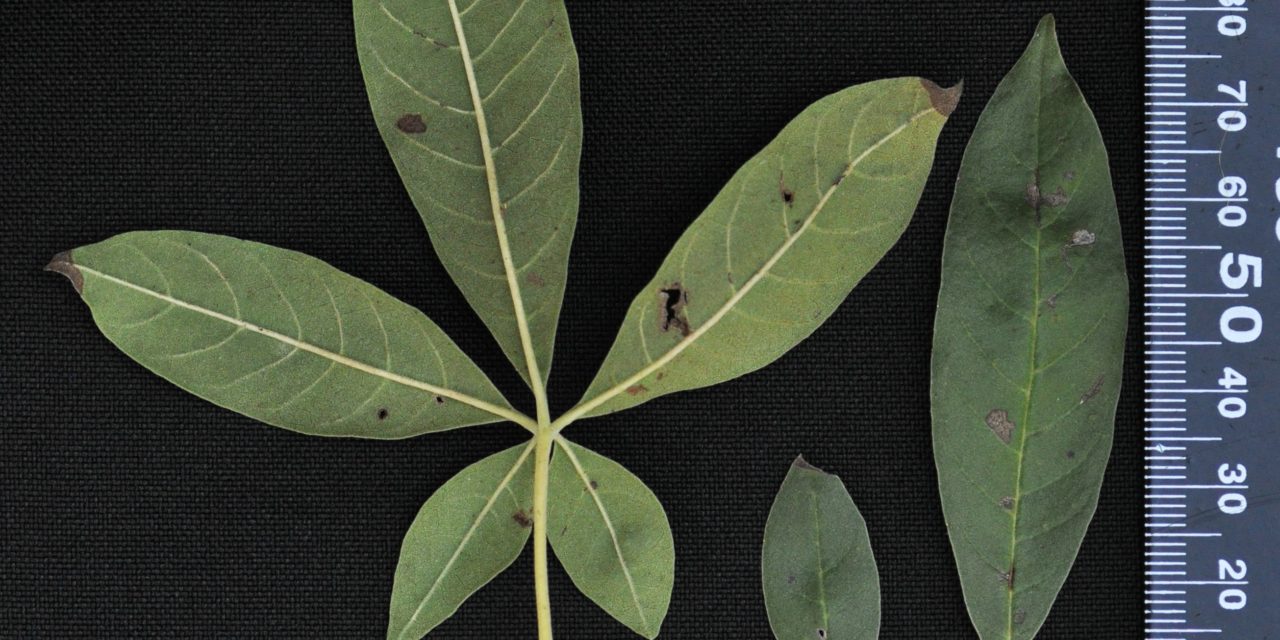
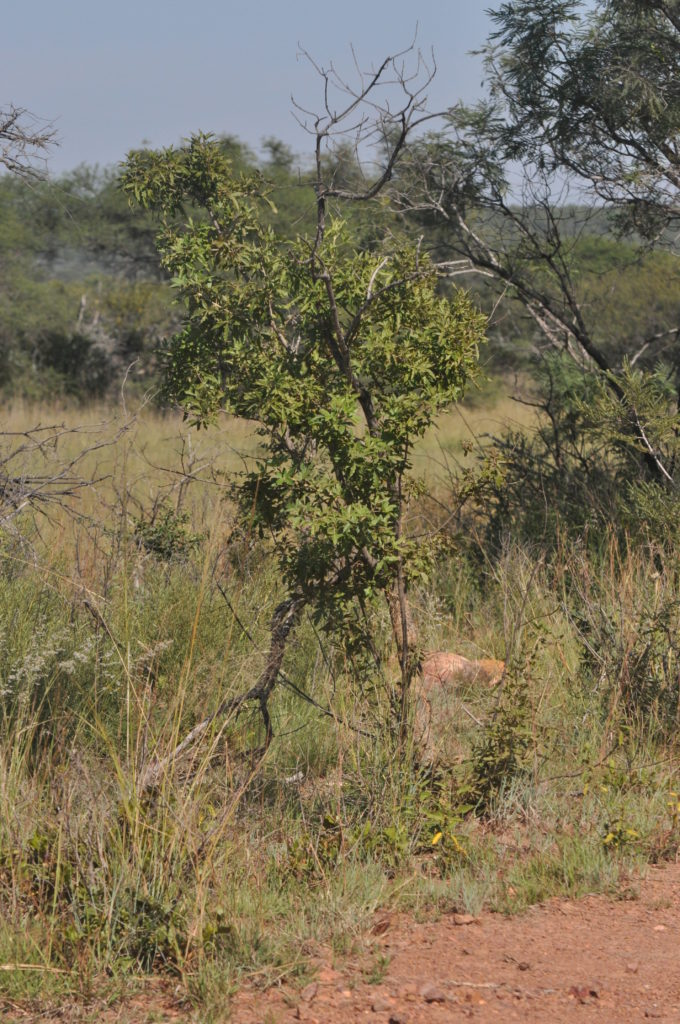
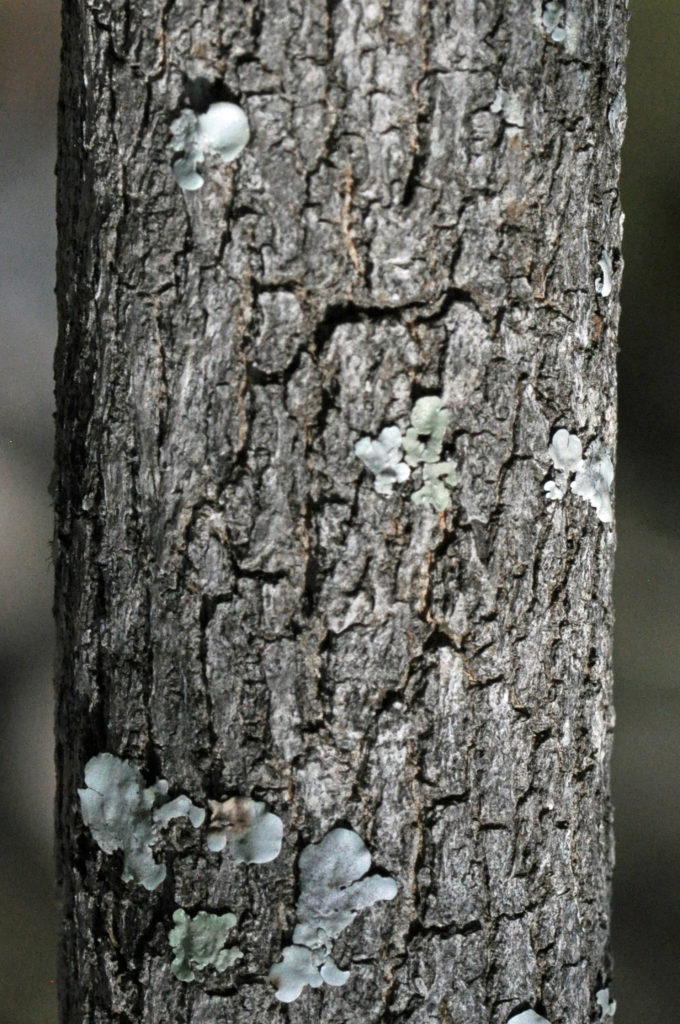
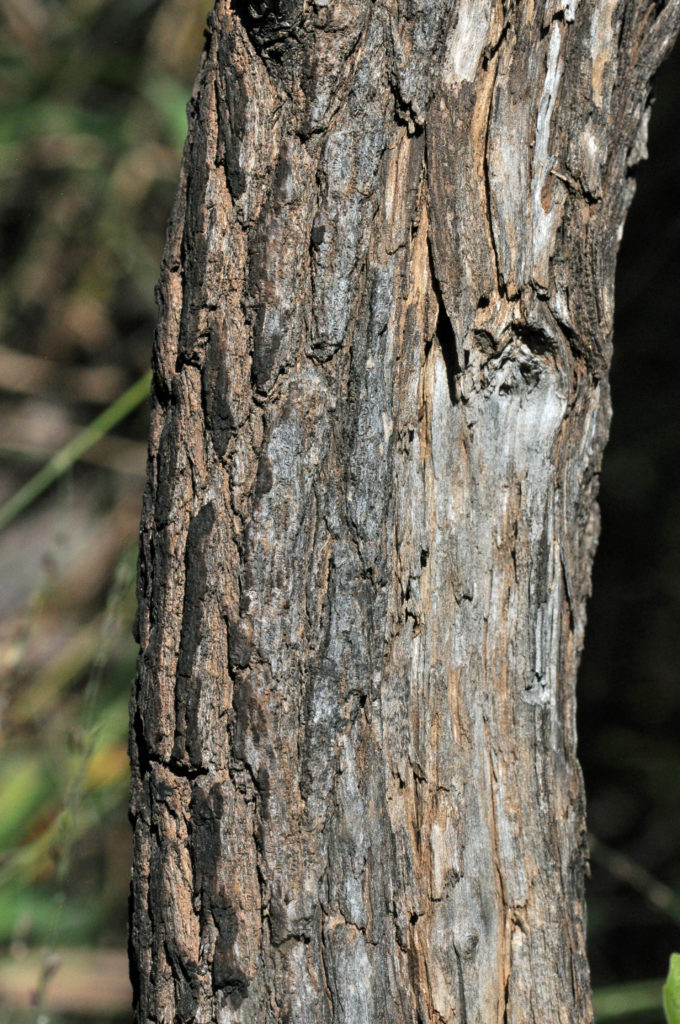
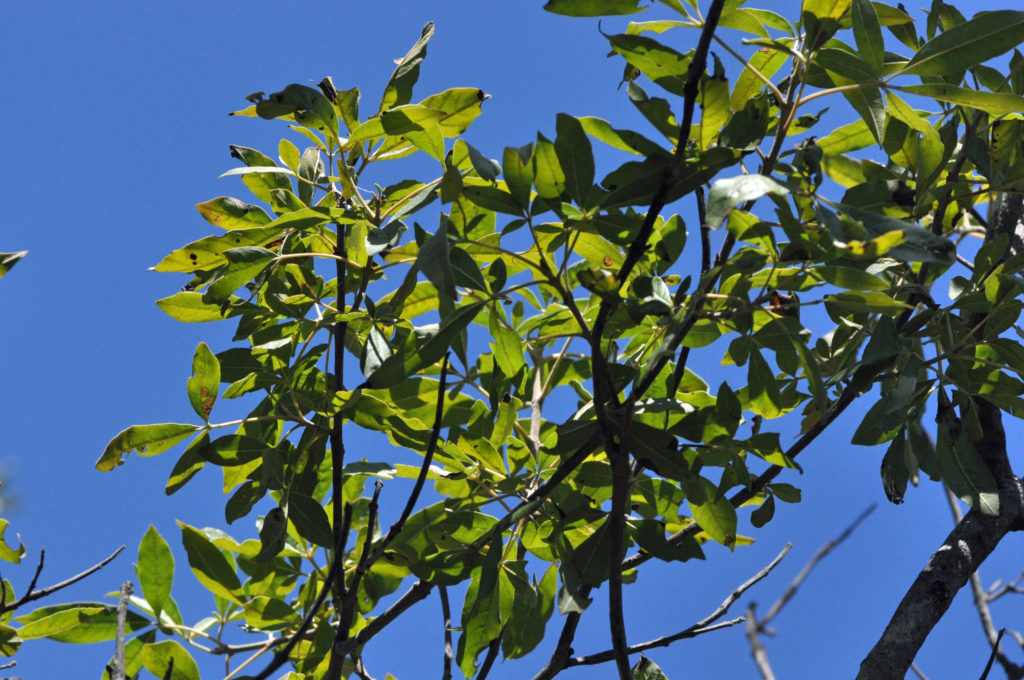
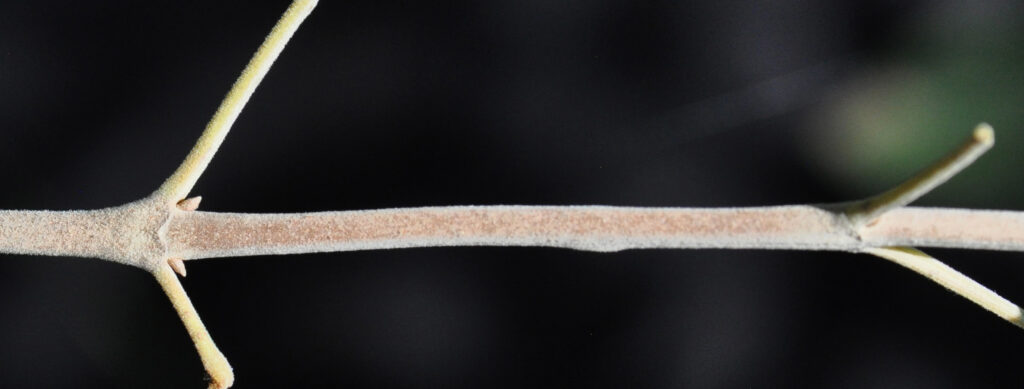
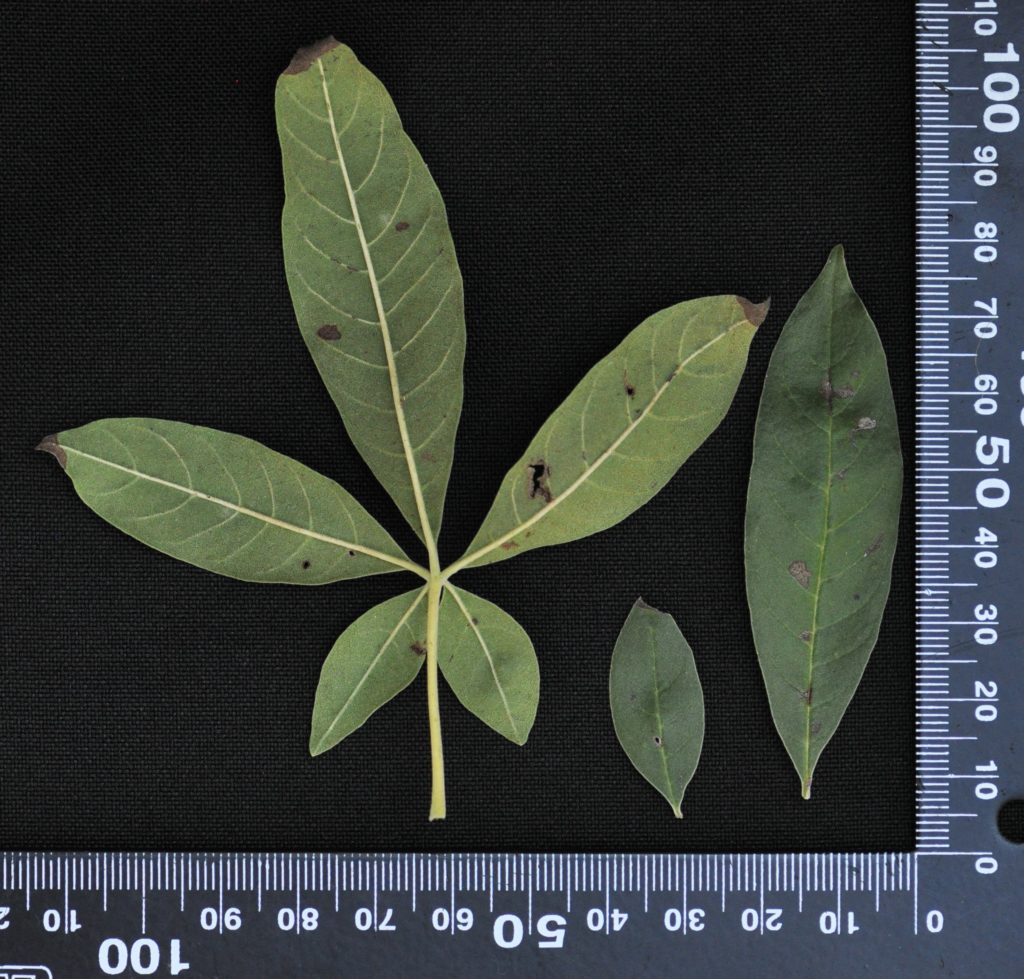
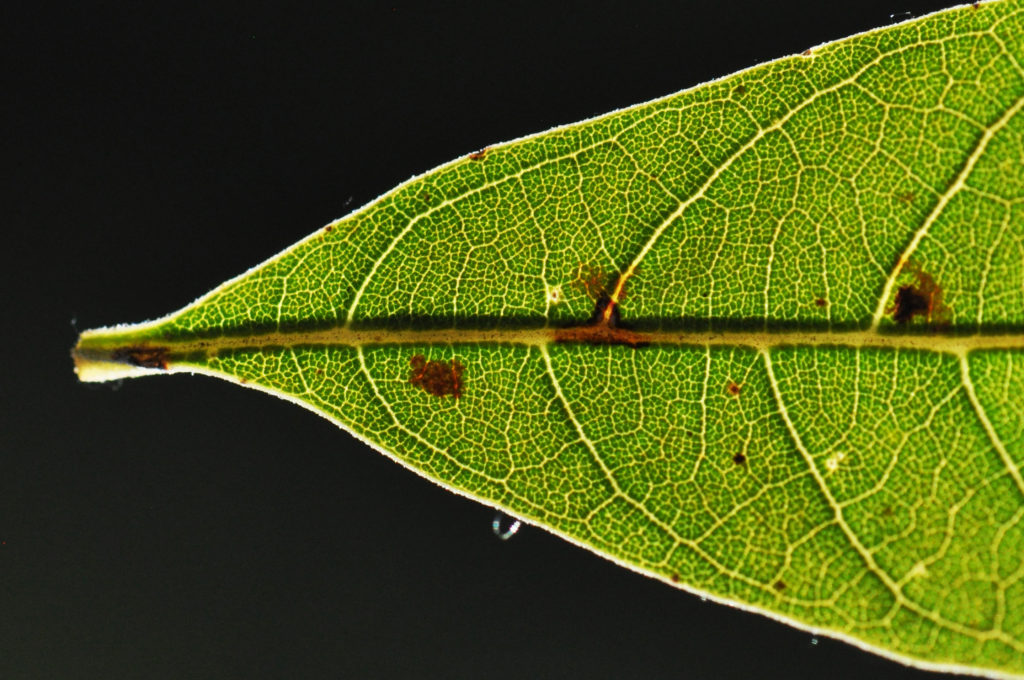
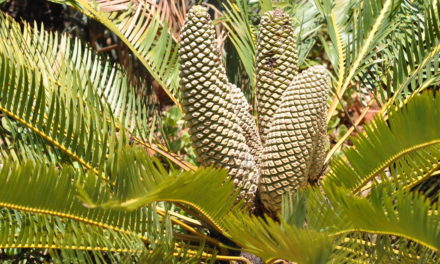

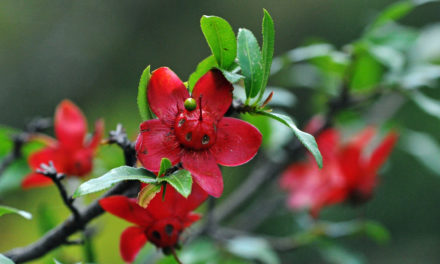
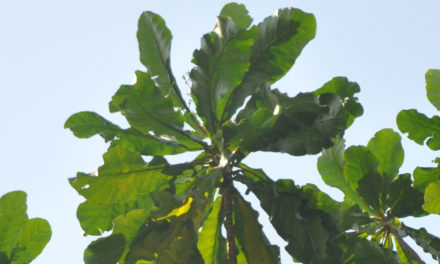
Does the Vitex have an invasive root system
Greetings Fran
Not as far as I have been able to find out. It is often a shrub.
Dave Becking